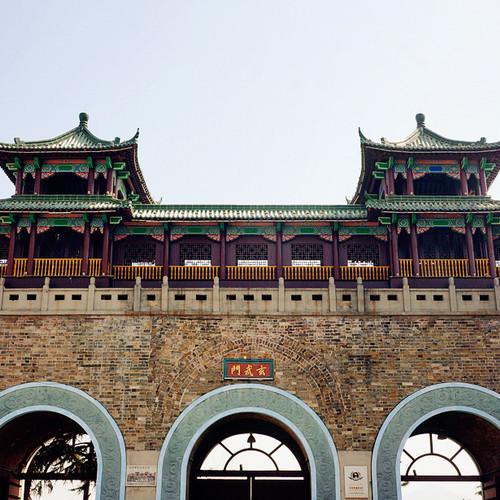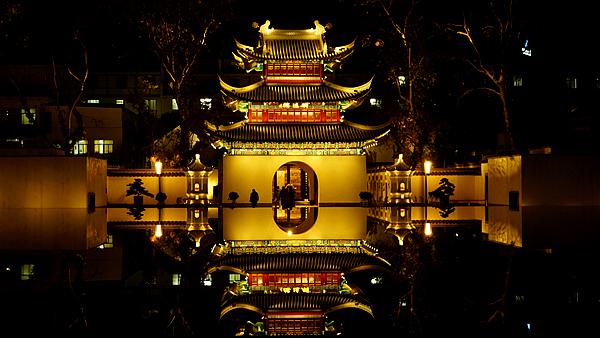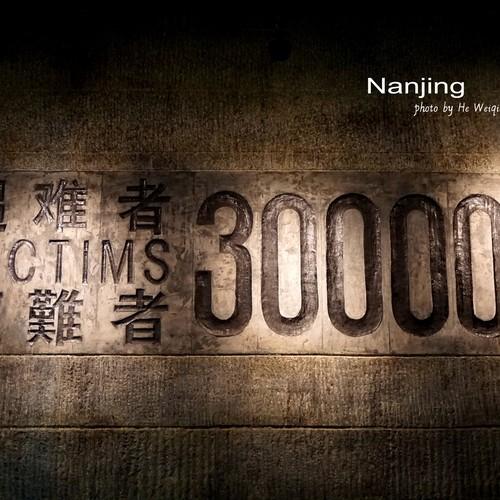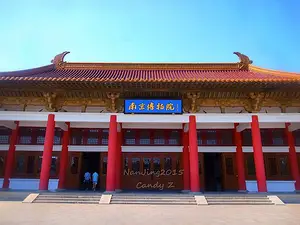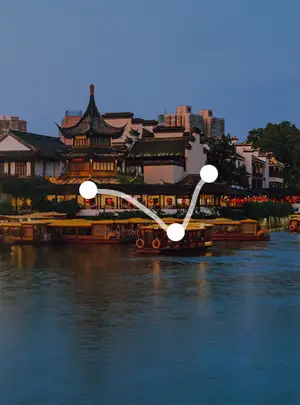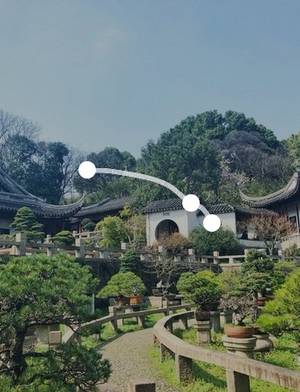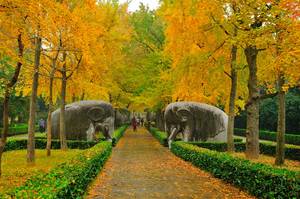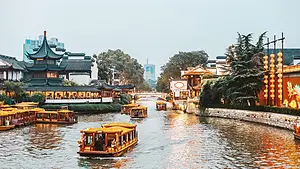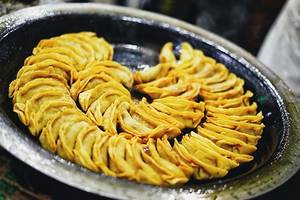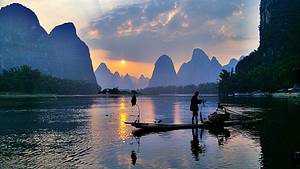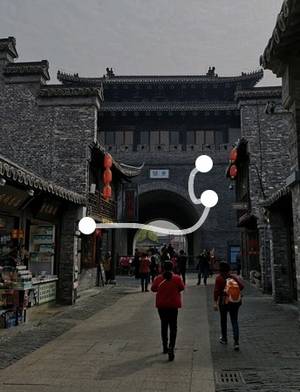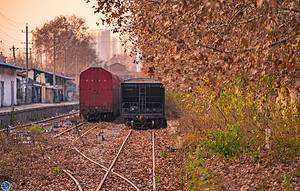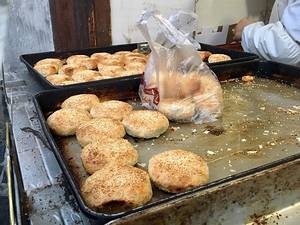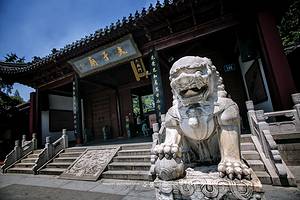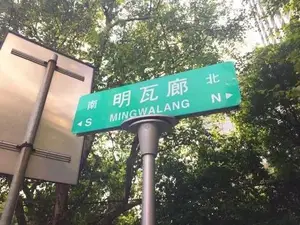3-day tour in Nanjing city center
1 cities |
11 attraction(s) |
total distance 42
km
 TIPS
TIPS
Day1
Day2
Day3
Day1: NANJING
3 attraction(s) ·
13 km
1
Located in Zhongshan Scenic Area, the tomb of Mr. Sun Yat-sen is buried here. It is known for the Zhongshan Mausoleum Scenic Area. The mausoleum's architecture is symmetrical, with 392 stone steps and 10 platforms made of white granite and covered with blue glass tiles. There are also several commemorative buildings in the scenic area, such as the music platform, Xingjian Pavilion, Guanghua Pavilion, Liu Hui Pavilion, and Cangjing Tower, all worth visiting. Admission to the mausoleum is free, but you need to make an appointment in advance for entry time. It is recommended to book tickets at least one day in advance to avoid missing out on tickets for the current time slot. Other attractions may have admission fees, and you can also purchase a package ticket for sightseeing. There are sightseeing cars available in the scenic area for your convenience.
11
km
2
Xuanwu Lake is the largest royal garden lake in China and is known as one of the "Three Famous Lakes of Jiangnan" along with Nanhui in Jiaxing and West Lake in Hangzhou.
2
km
3
Jiming Temple, first built in the Western Jin Dynasty, is one of the oldest and most popular Buddhist temples in Nanjing.
Day2: NANJING
5 attraction(s) ·
12 km
2
Zhan Garden is the oldest existing garden in Nanjing, built during the Jiajing reign of the Ming Dynasty.
6
km
Day3: NANJING
3 attraction(s) ·
19 km
1
Nanjing Presidential Palace has a history of over 600 years, consisting of three areas: Central Area (Central Axis), Western Area, and Eastern Area.
5
km
2
The Nanjing Museum is one of the three major museums in China and the earliest established museum in China. It consists of the History Hall, Art Hall, Special Exhibition Hall, Digital Hall, Republican Hall, and Intangible Cultural Heritage Hall.
14
km
3
A comprehensive historical exhibition hall showcasing the "Nanjing Massacre" tragedy through historical materials, artifacts, architecture, sculptures, and audiovisual presentations is located at one of the sites of the former Japanese army's massacre, the Massacre Memorial Hall of Victims in Nanjing Massacre.

